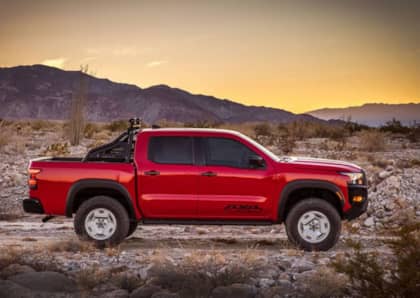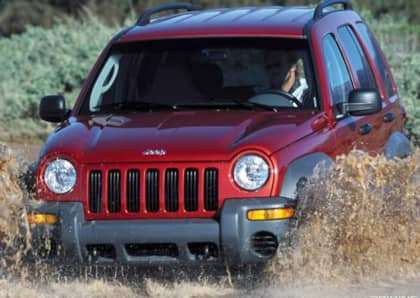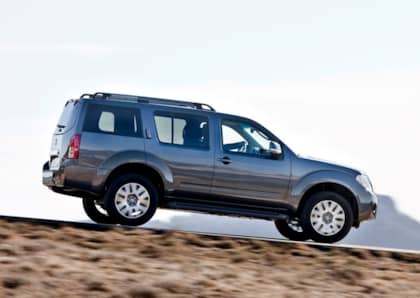The 1996-2004 Nissan Pathfinder Is Your Cheap 4x4 SUV Alternative To The Toyota 4Runner Tax
The Toyota tax is real for 4x4 fans seeking a reliable off-roader. The extra cash required to pick up a Land Cruiser or a 4Runner often has wheeling fans seeking an alternative that offers the same levels of capability with a similarly cheap maintenance schedule at a much lower cost of entry.
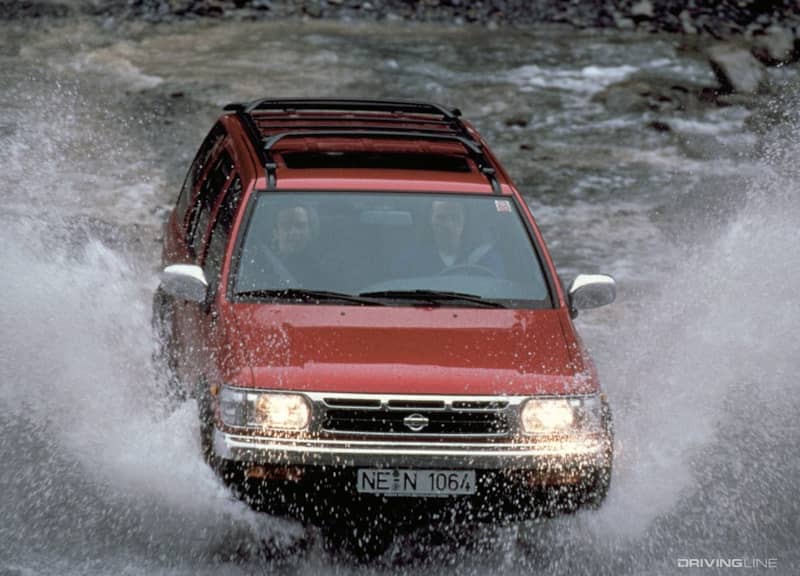
Enter the Nissan Pathfinder, a direct rival to the Toyota 4Runner that represents a very similar package and which features nearly as strong of a fanbase. Although the Pathfinder would later morph into a larger, three-row SUV, the version built from 1996 to 2004 is the sweet spot for anyone seeking outdoor adventure on a modest budget.
Innovative Design, Capable Chops
Otherwise known as the 'R50,' the second-generation Nissan Pathfinder might not at first seem like an obvious off-road choice. The reason? Despite its beefy truck-like looks, this version of the Pathfinder left behind the full-frame design of its predecessor and adopted a unibody platform.
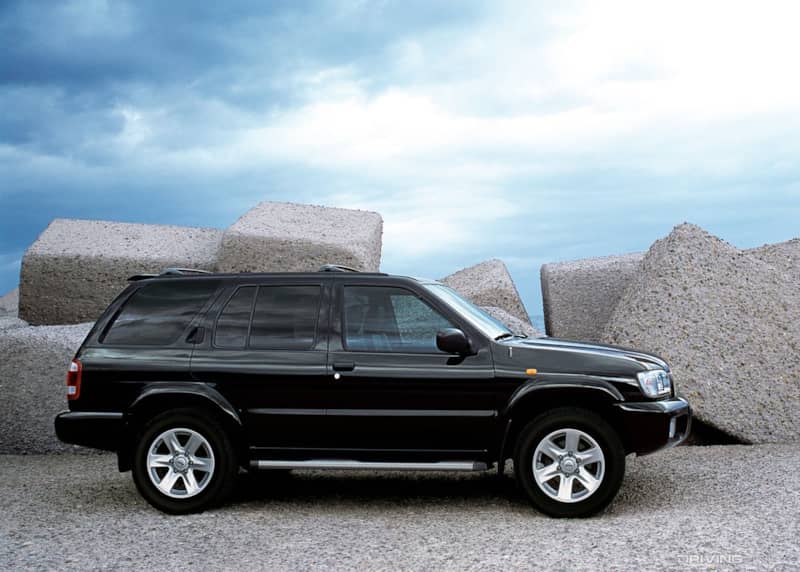
Although the prevailing wisdom among those building a trail-capable rig is that a full frame is the best option, there's more than one successful 4x4 family out there that's had great success with a unibody design. The Jeep Cherokee XJ is the perfect example of a unibody truck that enjoys a massive cult following among off-road fans.
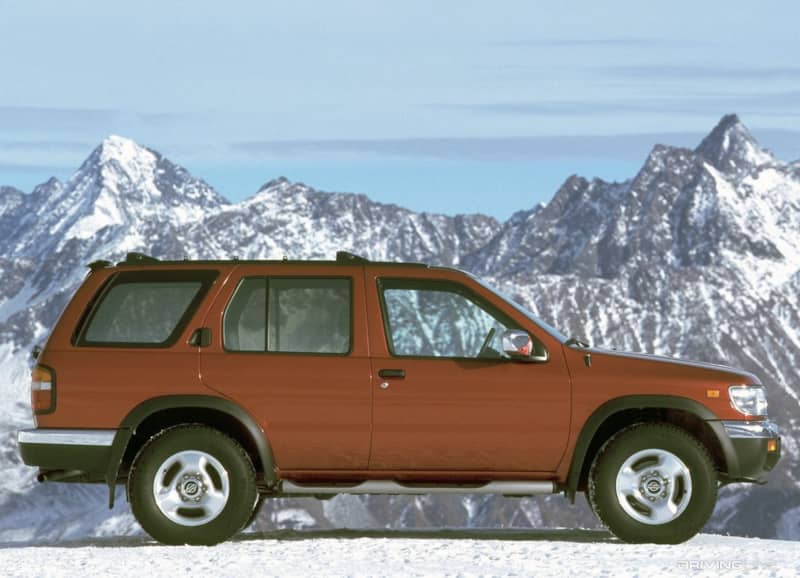
Nissan also went out of its way to ensure that the R50 Pathfinder was tough enough to handle leaving the pavement behind. The company called its chassis a 'monoframe,' which married a traditional unibody upper structure with welded steel frame rails in its subframe, and together it made the truck three times as rigid as the ladder frame first-generation Pathfinder.
Solid Underpinnings
Under its sheet metal, the 1996-2004 Nissan Pathfinder features a five-link suspension setup for its solid rear axle, as well as power rack and pinion steering and a pair of struts up front.
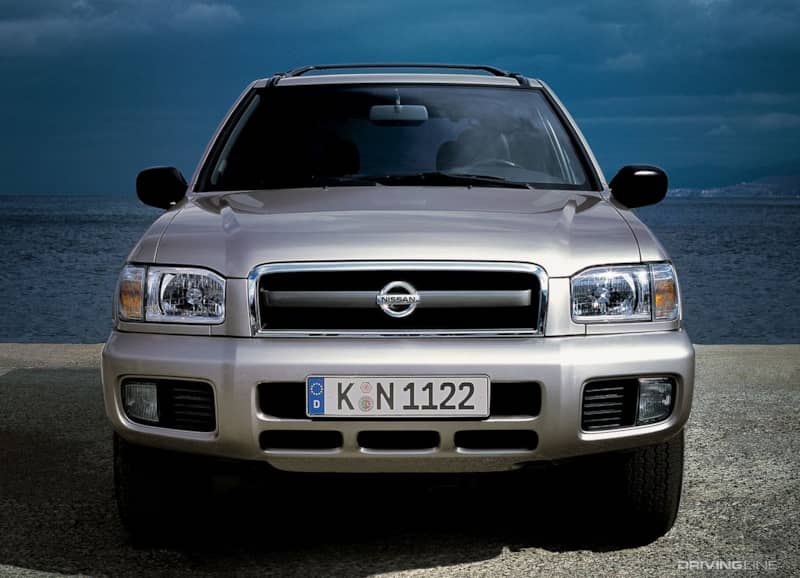
Four-wheel drive systems included a traditional part-time setup (TX10A transfer case) or something Nissan called 'All-Mode,' which provided an auto mode that would distribute torque to the front axle in the event of wheel spin. This was on top of 4HI, 4LO and 2WD settings. All base versions of the Pathfinder featured the TX10A, but from 2001-onwards higher trim levels could be ordered with All-Mode, which also featured a locking center differential.
24-Valve Symphony
Under the hood, the Nissan Pathfinder rode out the 90s with a 3.3-liter V6 engine calling the shots. The VG33E was good for 170hp and just under 200 lb-ft of torque, and could be matched with either a four-speed automatic or a five-speed manual transmission.
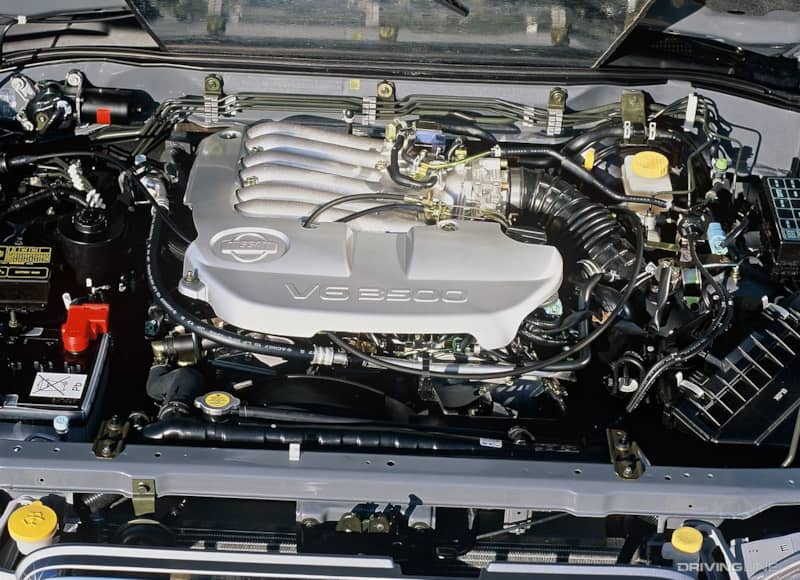
Performance from this engine was better than the four-cylinder units found in some of its competitors (and indeed, the tough but relatively slow four-banger offered by the original Pathfinder), but a major update for the 2001 model year would transform the SUV's character. Replacing the 3.3-liter mill was the VQ-series 3.5-liter V6 that featured a 24 valve design and a whopping 240 horsepower (with an extra 10 ponies on tap if you swapped the four-speed for the five-speed offered in the base trim).
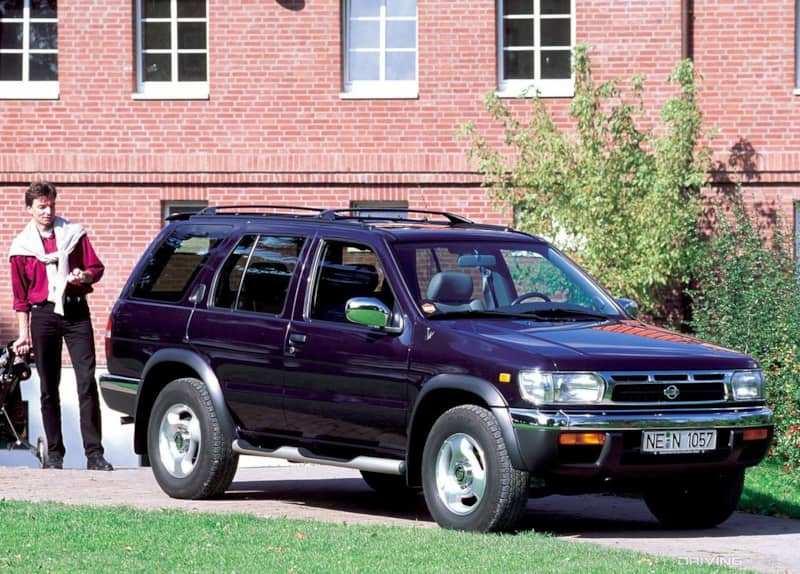
The five-speed is a rare find in the Pathfinder world, with only a smaller percentage of SUVs featuring a clutch pedal before the option was phased out for 2003. It's also worth noting that the five-speed versions of the vehicle offered 240 lb-ft of torque compared to the automatic's 265 lb-ft. Either way, with smoother delivery, better fuel mileage, and a much heftier kick under the right foot, the 3.5-liter mill was a vast improvement.
Deep Catalog Of Upgrades
In terms of aftermarket support, there's a surprisingly small gap between a Pathfinder and a 4Runner. Lift kits, shock and spring upgrades, and other components are readily available, and for stock replacement parts there's no extra cost associated with going with the Nissan either. Almost all parts can be swapped back and forth between R50 models, regardless of the year.
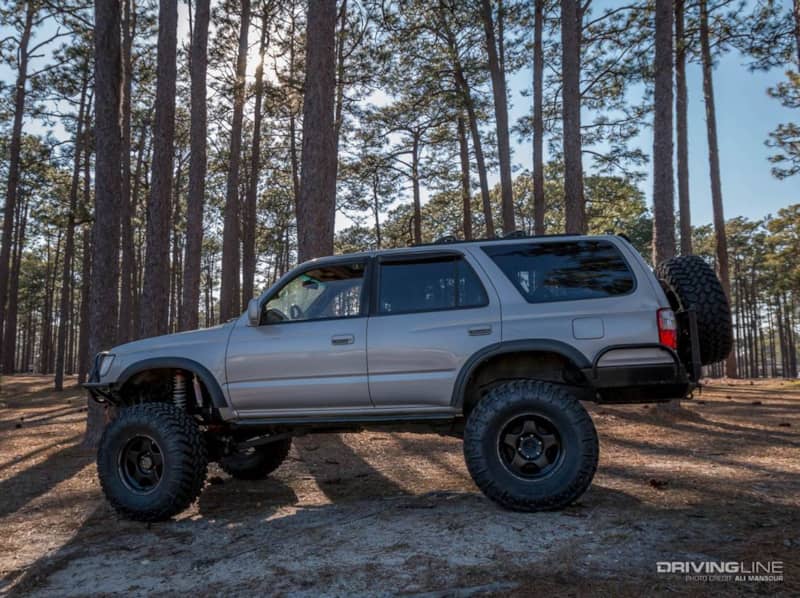
On the trail, the Nissan's independent front suspension setup has the same limitations as a Toyota 4Runner of the era, which means certain activities such as rock crawling might be more of a challenge as compared to a Jeep. The four-wheel drive system is remarkably competent, however, and the availability of a limited-slip rear differential is a big plus.
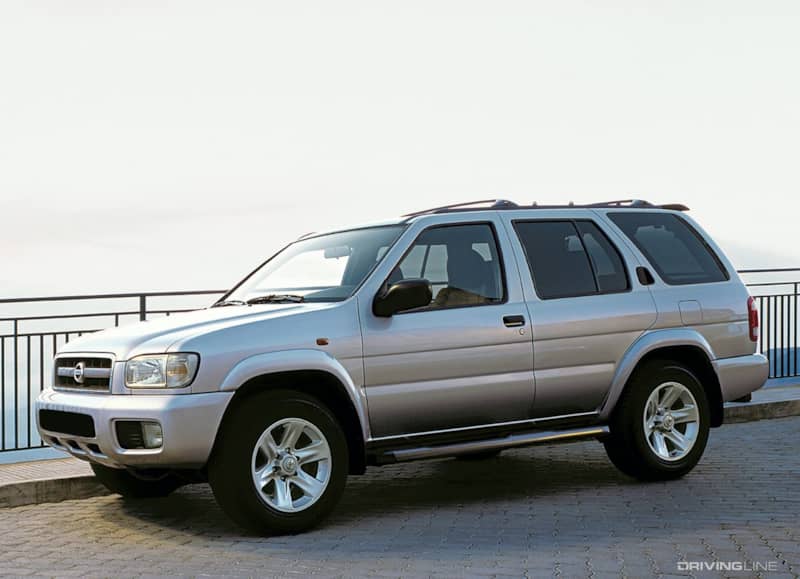
The drive to the trailhead is also a bonus in the Pathfinder due to its more comfortable ride and easier handling on the asphalt. This compliance further translates into increased control and less kidney damage when running wide open down a rutted, gravel road, or across the dunes, which can leave you feeling a lot less beat-up at the end of a full day of off-roading.
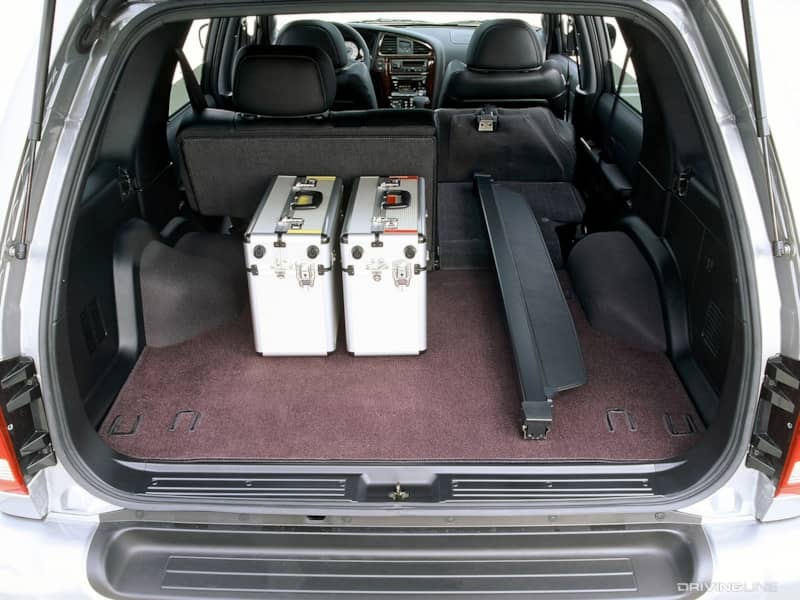
Combine that with an interior that is remarkably large (for both people and cargo) and surprisingly plush (especially after the 2001 refresh), and the Pathfinder makes an argument for being your retro daily driver in addition to your trail rig.
Do Your Homework, Drive Home Happy
Looking for a 1996-2004 Nissan Pathfinder? If you live in the northern part of the country, the number one thing to keep in mind is of course rust, with road salt having a deleterious effect on the SUV's body panels, chassis, and suspension attachment points (particularly the front strut towers). Continuing on a similar theme, worn out bushings can cause a serious wobble in the rear trailing links, which is something to stay alert for during a test drive.
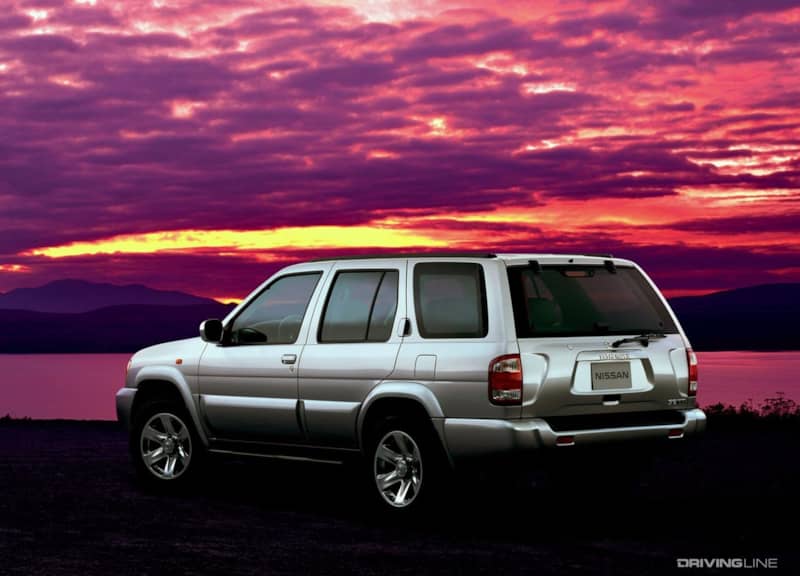
From a mechanical perspective, there are few real concerns. Early V6 examples are prone to exhaust leaks at the manifold, while some VQ 3.5-liter engines had an issue with something called the 'power valve' screws, which were used to hold up 6 butterfly valves in the intake manifold. Both the valves and the screws could get loose and fall into the engine, potentially causing serious damage. The solution is to tighten them with Loctite, which is not a difficult job.
Do your due diligence, be patient, and you can find an affordable and reliable Nissan Pathfinder to satisfy your off-road itch.
More From Driving Line
- Looking for other cheap 4x4 SUVs? Here's a look at the most inexpensive ways you can get off-road.





